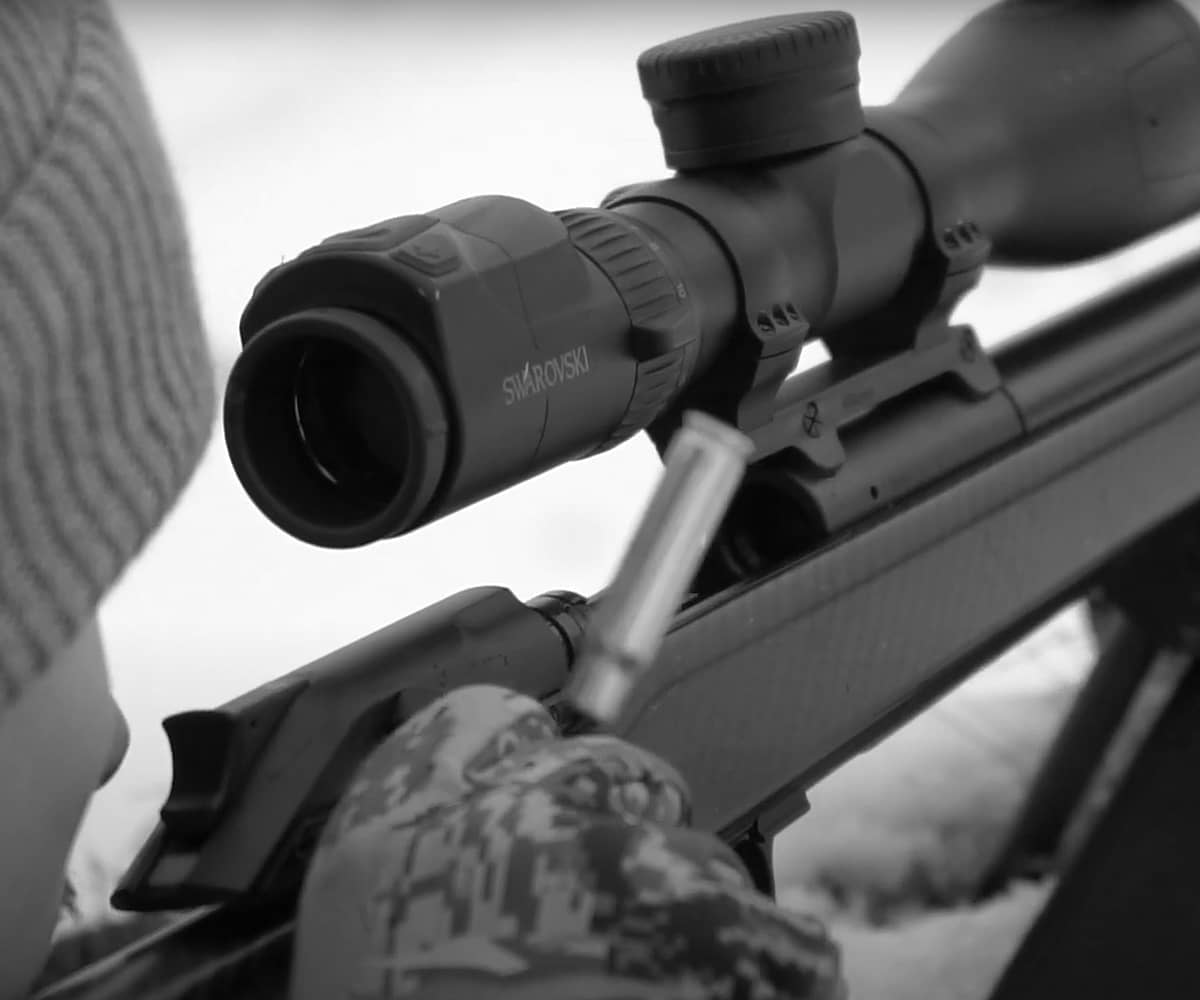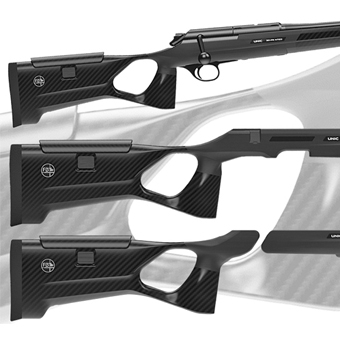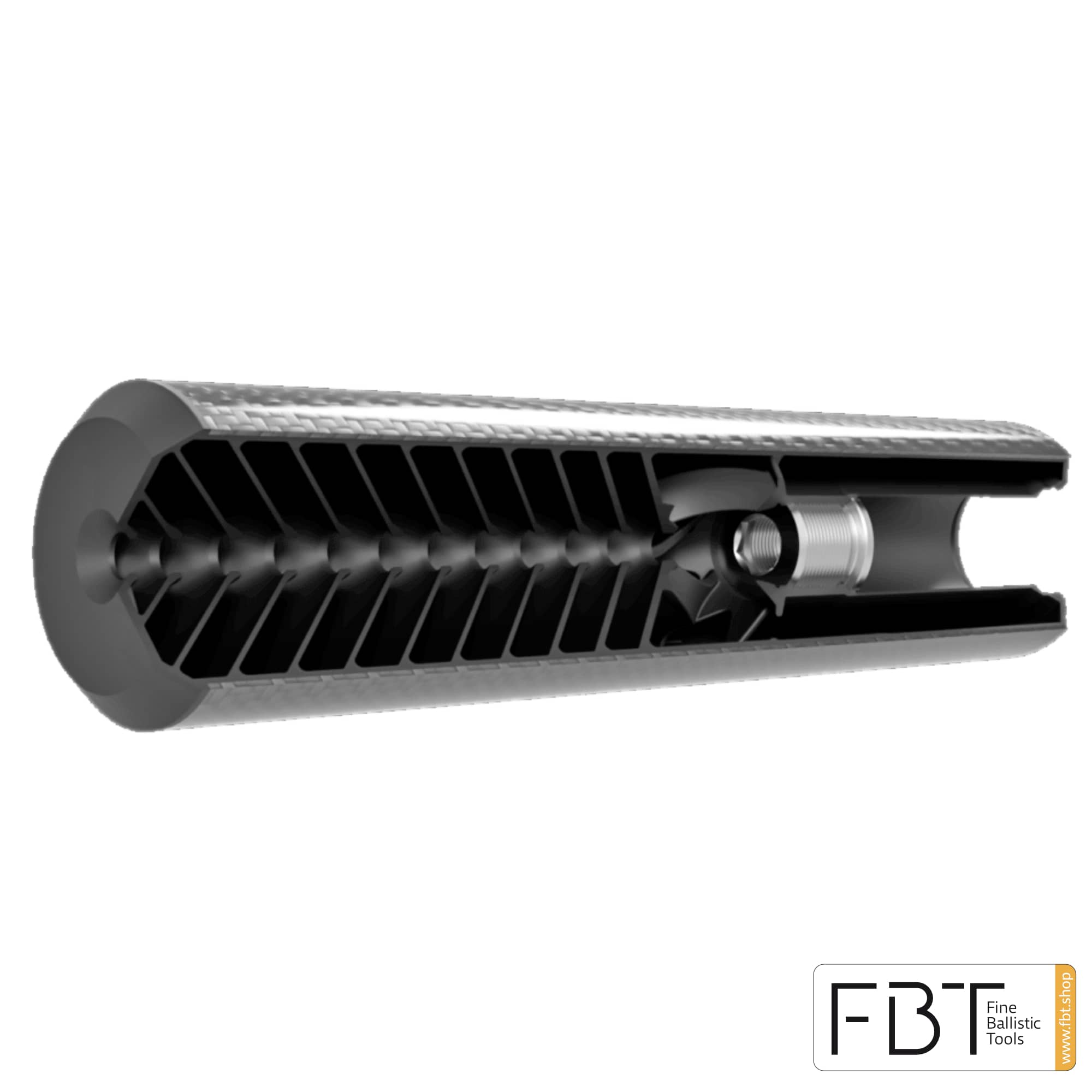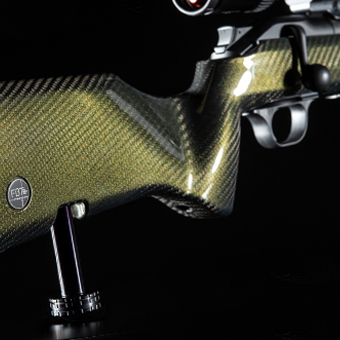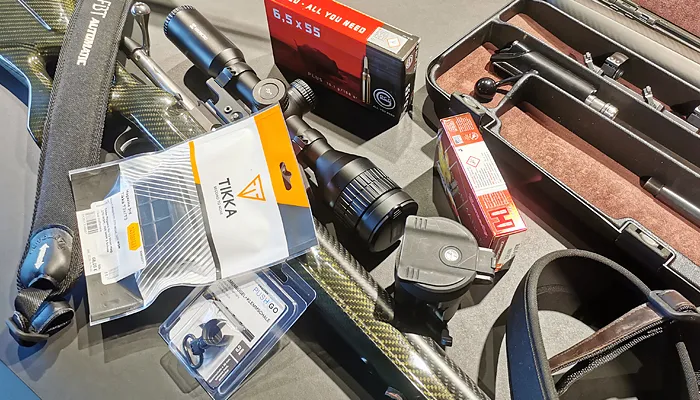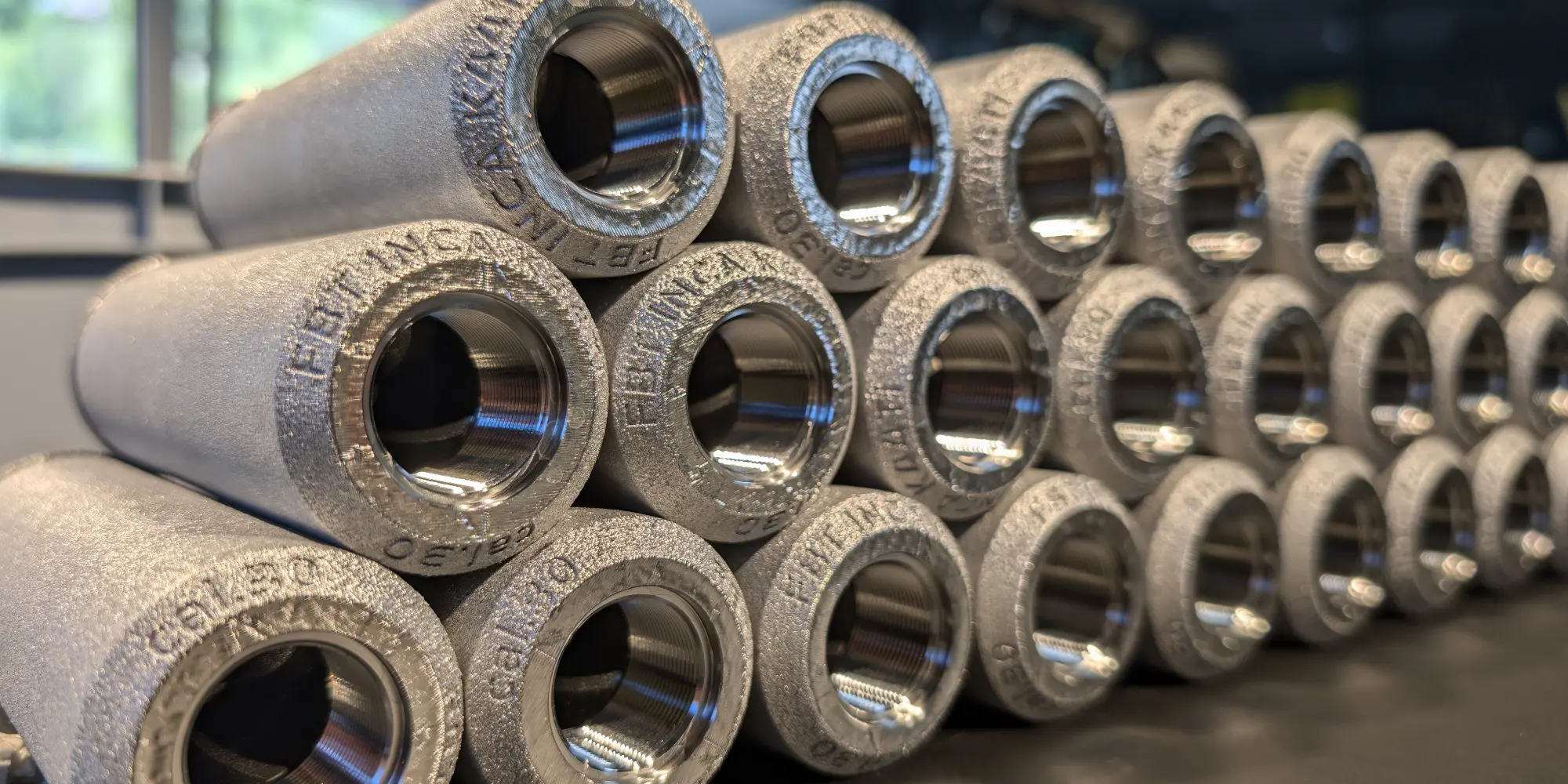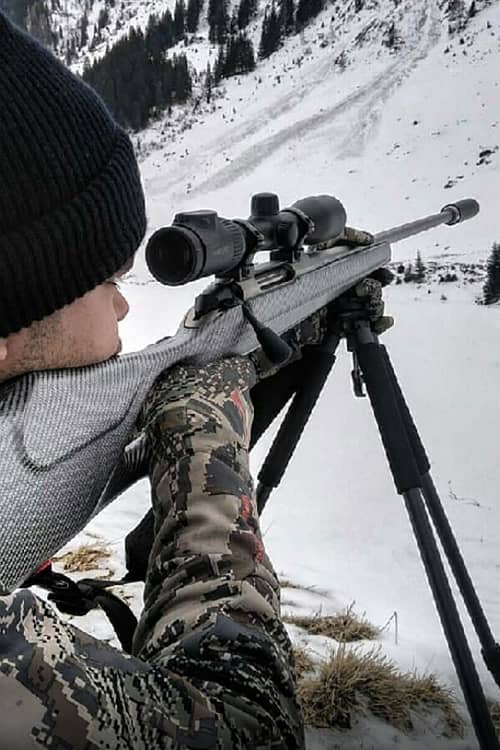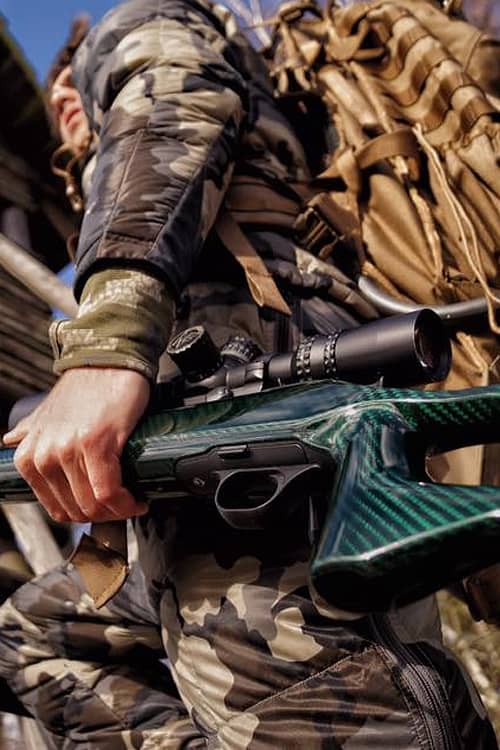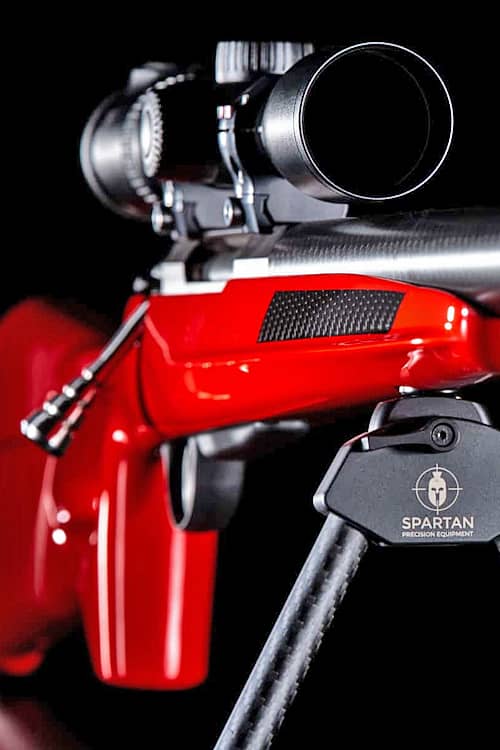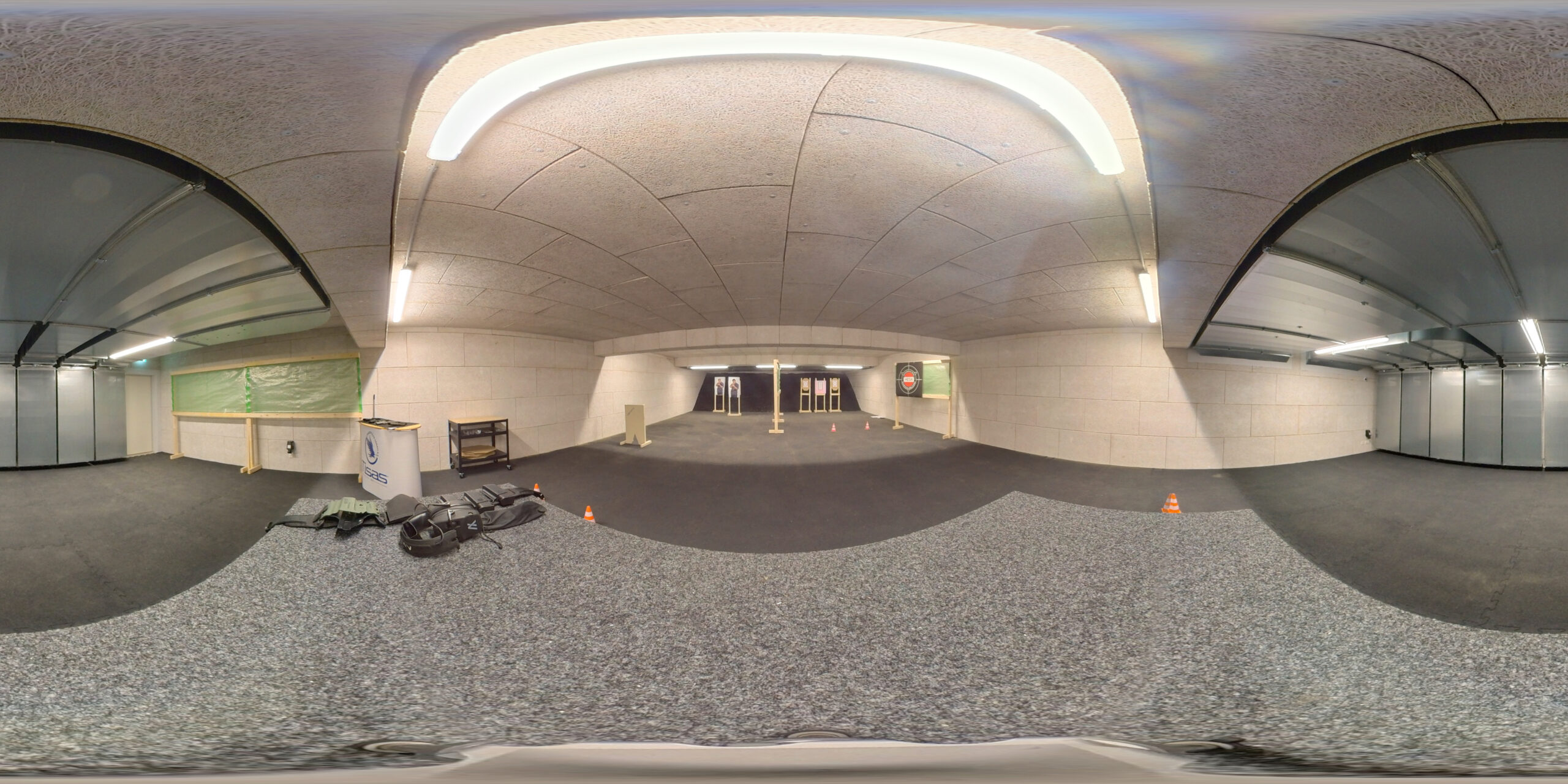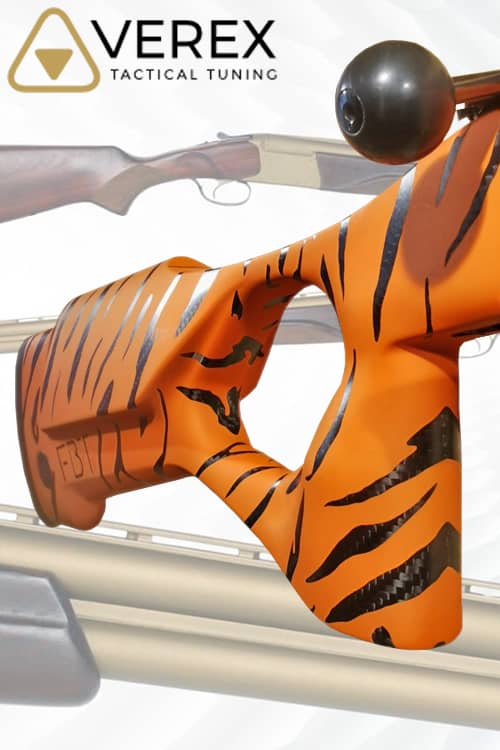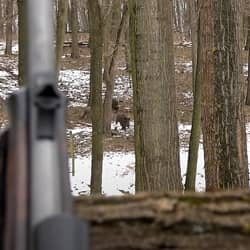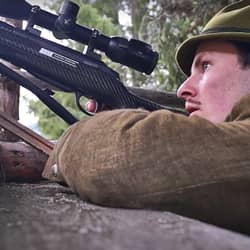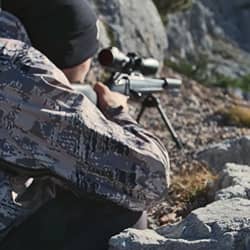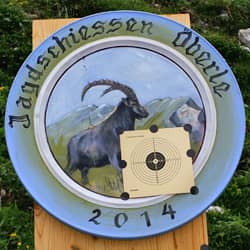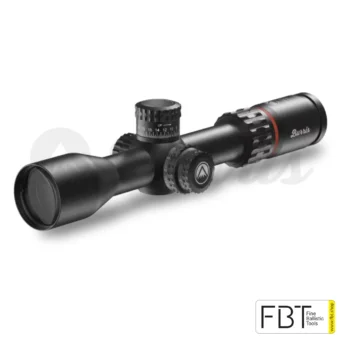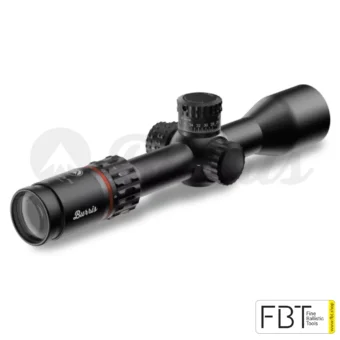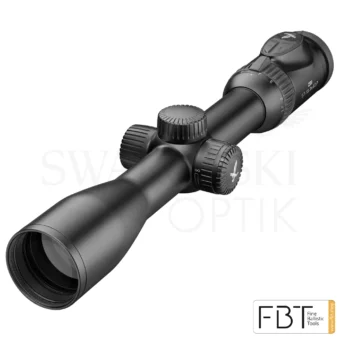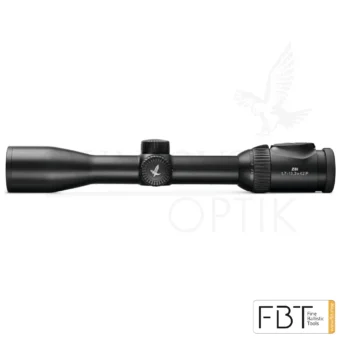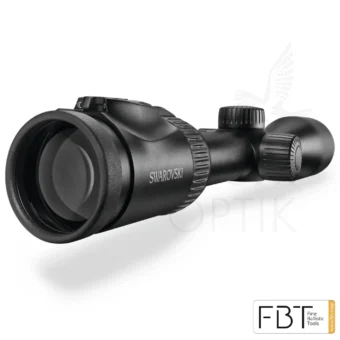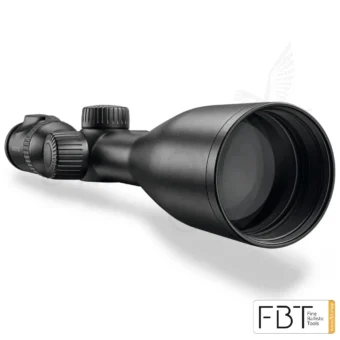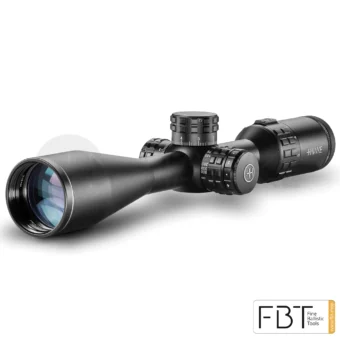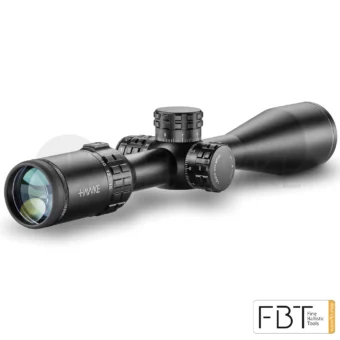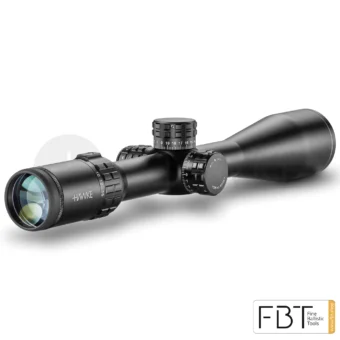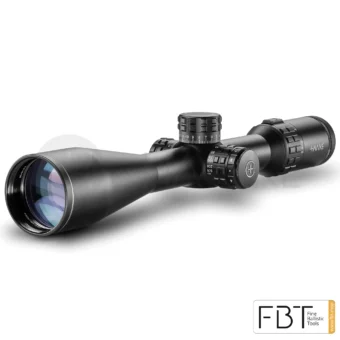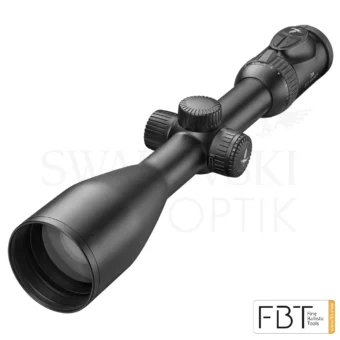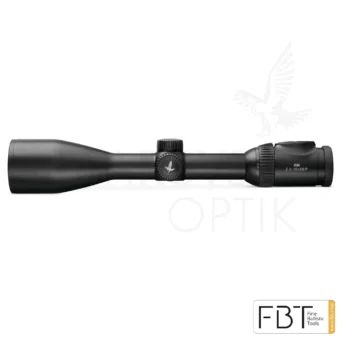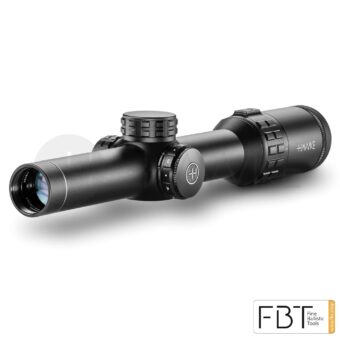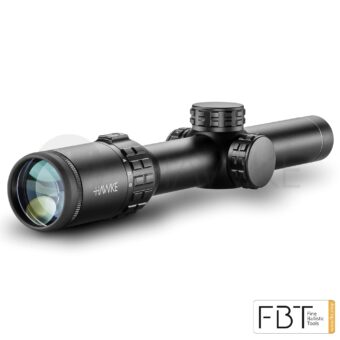Many manufacturers subdivide the various Scope lines basically into a Favourable and a premium class. This often means a Cheap glass for the less affluent customer and the expensive for the financially strong customer.
In a broader sense, this leads to brand management perspective to a kind of "club compulsion" and many are saving up for a premium product and have to make sacrifices on other very important issues such as the Save on ZF assembly (a big mistake).
What generally makes a good riflescope for driven hunts?
- The riflescope lenses:
- The quality of the coating (=anti-reflective coating) and the lenses
- The light transmission (=brightness in the field of vision) between 95 and 97%
- The edge sharpness (= image at the edge of the field of view)
- The option to adjust the sharpness of the lenses (Parallax adjustment)
- The riflescope reticle:
- With and without lighting (helps at dusk)
- The scope adjustment:
- Left-right and height adjustment not too coarse- Repeat accuracy must be given- Robustness against shocks and shots- Quick and easy
The ideal riflescope for fast driven hunts
The Driven hunts have only one main requirement for a riflescope. It should be as small and light as possible and Large field of vision own. The twilight performance is no longer of such enormous importance because you can Fast movements in the dark can no longer be clearly addressed.
When it comes to weight, all manufacturers now rely on Lightweight materials are used. The days of heavy steel housings etc. are over. Only large glass lenses increase the weight and the dimensions - which brings us to the subject.
When hunting on the move, keep the size of the scope as small as possible and aim for a large field of view - with good edge sharpness
With the Movement hunting is advisable, a variable riflescope with a maximum lens diameter of 42 mm. The zoom factor is left to personal preference. For one hunter, 1-4x is enough. Another hunter wants to go up to 6x magnification to increase the range of application.
With the pure driven hunts with short weapons with shots at short distances you will generally choose a riflescope with a maximum objective lens diameter of 42 mm. Due to the short distances involved, a magnification of up to 6x and now up to 8x (available at a high price) will suffice. The advantage of these small scopes is that they are no longer bulky.IF comparison and suitability according to lens diameter
| Luminous intensity |
Lens diameter |
Utilisation |
| low |
25mm |
ZF for driven hunts |
| Medium to high |
42 mm, 50 mm |
All-round ZF Ideal until (late) dusk, stalking, mountain hunting |
| Very high |
56mm, 60mm |
Heavier night glasses for hide hunting |
ZV comparison and suitability after enlargement
| Magnification: |
small |
| 1-6x |
Ideal for stalking and driven hunts - shots at short distances |
| Magnification |
medium |
| up to 15x |
Ideal for many hunting applications such as hide hunting, stalking and mountain hunting |
| Magnification |
high |
| up to 30x |
Riflescope for sports and long-range shots in the mountains, use as a replacement for a spotting scope |
